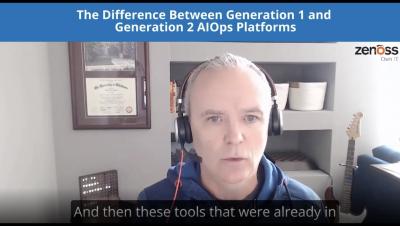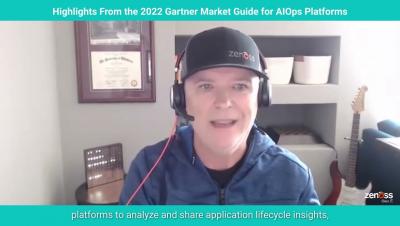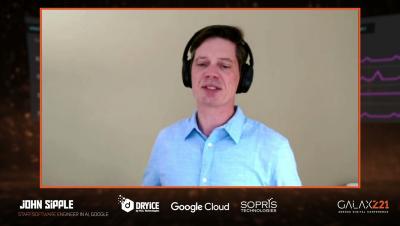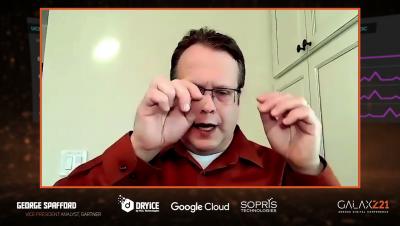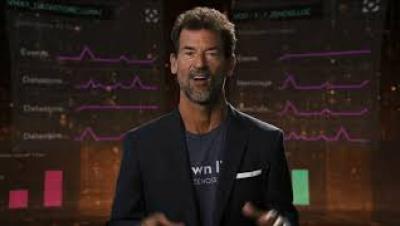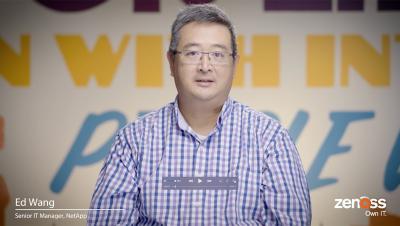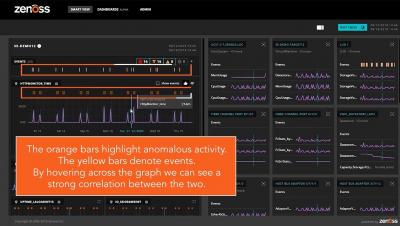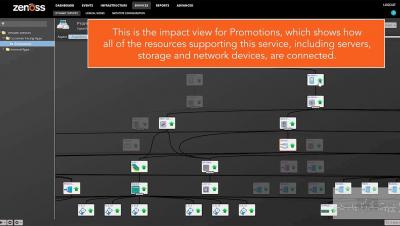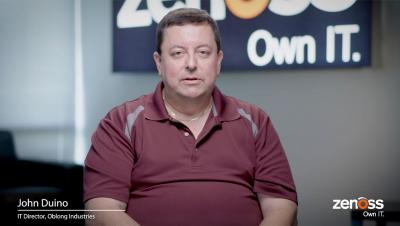The Difference Between Generation 1 and Generation 2 AIOps Platforms
In this video, Trent Fitz, chief marketing officer of Zenoss, explains the key difference between Generation 1 and Generation 2 AIOps platforms. As organizations develop strategies for implementing AIOps and as they consider different vendor approaches, it’s critical to understand the differences between those approaches. This brief video will help arm you with a key question you need to ask to easily identify the difference between Gen 1 platforms and Gen 2 platforms. It’s all about the types of data being collected.


